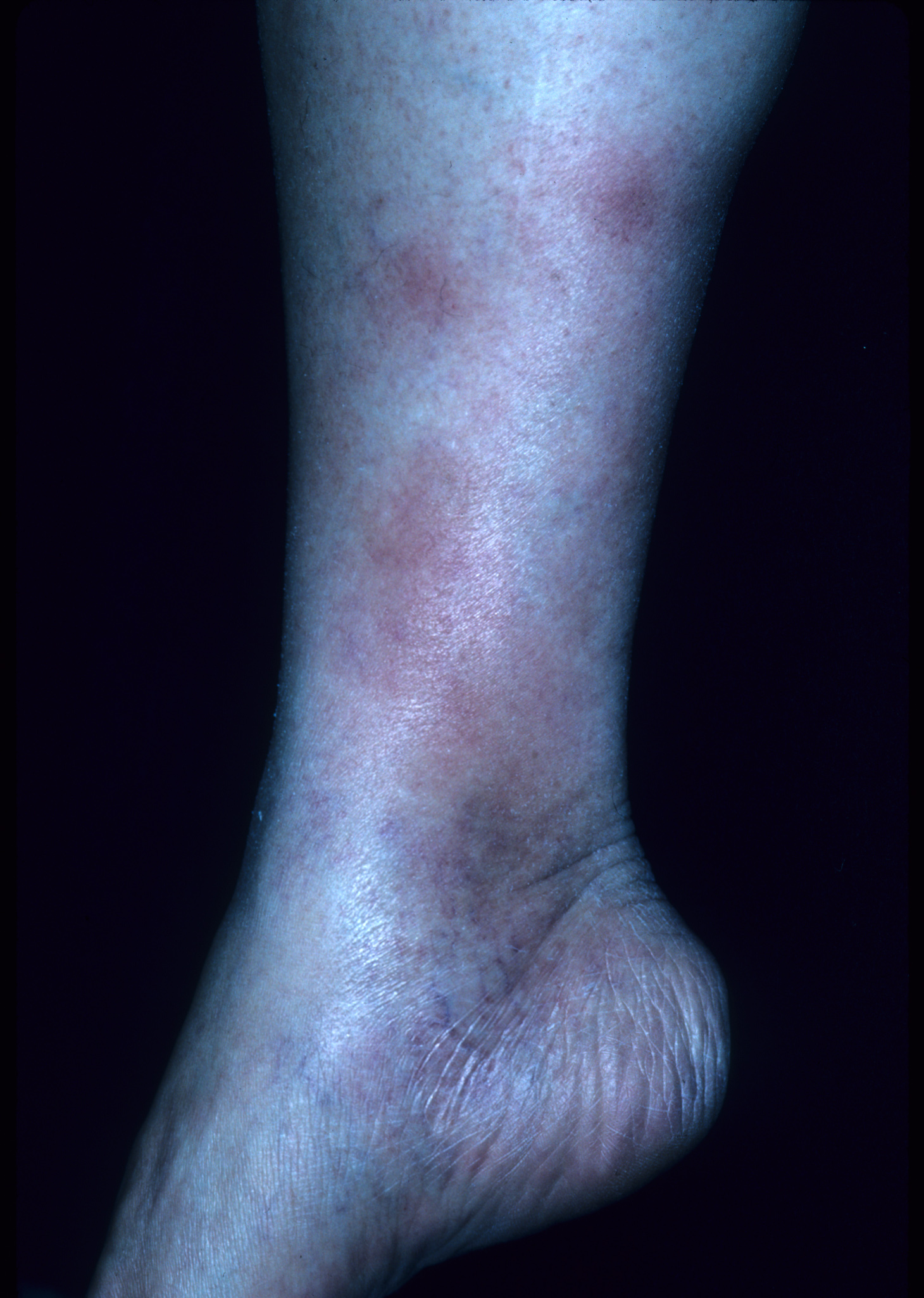Discovering unexpected bumps on your inner thighs can be both confusing and concerning. These bumps can vary in appearance and discomfort, ranging from small, painless lumps to larger, painful swellings. Understanding the underlying causes of these skin conditions is crucial for effective treatment and prevention. This article delves into the various factors that contribute to the development of bumps on inner thighs and offers natural remedies to help alleviate them.
While many people might immediately think of hygiene or cleanliness when they notice bumps on their inner thighs, the truth is more complex. Several skin conditions, infections, and even genetic factors can lead to these unsightly and sometimes uncomfortable blemishes. By exploring the possible causes and treatments, you can take proactive steps towards healthier skin. Below, we will examine different conditions that may cause these bumps and suggest ways to naturally address them.
Understanding Fungal Infections Around Groin
Jock itch, a common fungal infection, often affects the skin in the groin area, including the inner thighs and between the buttocks. It thrives in warm, moist environments, making it prevalent in individuals who sweat excessively or have weight issues. People with eczema are also more susceptible to this condition. Recognizing the symptoms early can prevent its spread and severity.
The hallmark of jock itch is an itchy rash that may appear as red bumps or blisters. The affected skin areas can become scaly and flaky. To manage and treat this condition, maintaining dryness and cleanliness is essential. Using antifungal creams or powders can significantly reduce the infection and promote healing.
Prevention involves wearing breathable clothing and keeping the groin area clean and dry. Avoid sharing towels or personal items to minimize the risk of infection. Regularly washing workout clothes and using antifungal powder can further protect against recurring infections.
Identifying Skin Lumps And Bumps In Genital Area
Bumps around the genital area, including the inner thighs and buttocks, can stem from various causes. Many of these bumps are benign skin conditions, but some may result from sexually transmitted infections (STIs). White or yellow-white bumps filled with pus can indicate an infection, often accompanied by pain or itching.
Treating these symptoms requires identifying the underlying cause. For non-infectious lumps, self-care measures like keeping the area clean and applying over-the-counter treatments can suffice. However, if the bumps persist or worsen, seeking medical advice is recommended. A healthcare provider can determine if the condition requires specific medical treatment.
Preventing future occurrences involves practicing good hygiene and safe sexual practices. Regular check-ups and open communication with healthcare providers can ensure early detection and management of potential issues.
Recognizing Jock Itch Symptoms And Treatment Options
Jock itch manifests as an itchy rash around the groin, inner thighs, and butt crack. Caused by a fungus, this condition leads to red, irritated skin that may develop into bumps or blisters. Understanding what jock itch looks like is vital for timely intervention.
Treatment options include antifungal products such as creams, ointments, gels, sprays, powders, or oral medications. These treatments aim to eliminate the fungus and relieve associated symptoms. Consistent application according to the product's instructions ensures optimal results.
For long-term management, incorporating preventive measures into daily routines is beneficial. Keeping the affected areas dry and clean, avoiding tight-fitting clothing, and regularly changing underwear can reduce the likelihood of recurrence.
Exploring Keratosis Pilaris: Symptoms And Causes
Keratosis pilaris is another condition that can cause dry, rough patches and tiny bumps on the skin. Commonly found on the upper arms, thighs, cheeks, or buttocks, these bumps generally do not cause pain or itching. This condition arises due to the buildup of keratin, a protein in the skin.
The exact cause of keratosis pilaris remains unclear, but it tends to run in families, suggesting a genetic component. Environmental factors like dry weather can exacerbate the condition. Although harmless, the appearance of these bumps can be bothersome for some individuals.
Managing keratosis pilaris involves moisturizing the skin regularly and using gentle exfoliants to remove dead skin cells. Over-the-counter lotions containing urea or lactic acid can help soften and smooth the skin. Maintaining a consistent skincare routine can improve the texture and appearance of the affected areas.
Natural Remedies For Inner Thigh Bump Treatment
When dealing with bumps on the inner thighs, natural remedies can offer relief without harsh chemicals. Products like acne-clearing creams designed for body use can target pimples, zits, razor bumps, and dark spots effectively. These formulations often contain ingredients that soothe and heal the skin.
Choosing a suitable product involves considering the specific needs of your skin type. Look for creams that address inflammation, reduce redness, and promote healing. Applying these treatments consistently can lead to noticeable improvements over time.
Incorporating natural ingredients like aloe vera, tea tree oil, or witch hazel into your skincare regimen can enhance results. These components possess anti-inflammatory and antibacterial properties that support skin health. Always perform a patch test before using new products to avoid allergic reactions.
Boils On Inner Thigh: Identification And Management
A boil on the inner thigh, known as a furuncle, develops when a hair follicle becomes infected with bacteria. Initially appearing as a small bump, it can grow larger and fill with pus, causing pain and discomfort. Identifying boils early allows for prompt treatment and faster recovery.
Treating boils typically involves keeping the area clean and applying warm compresses to encourage drainage. Over-the-counter antibiotics or topical treatments can aid in reducing infection and speeding up healing. In severe cases, medical intervention may be necessary to drain the boil safely.
Preventing boils involves maintaining good hygiene practices and avoiding irritants that could trigger infections. Regularly cleansing the skin, especially after sweating or physical activity, reduces the risk of bacterial buildup. If boils recur frequently, consulting a healthcare professional can help identify underlying causes and appropriate treatments.

